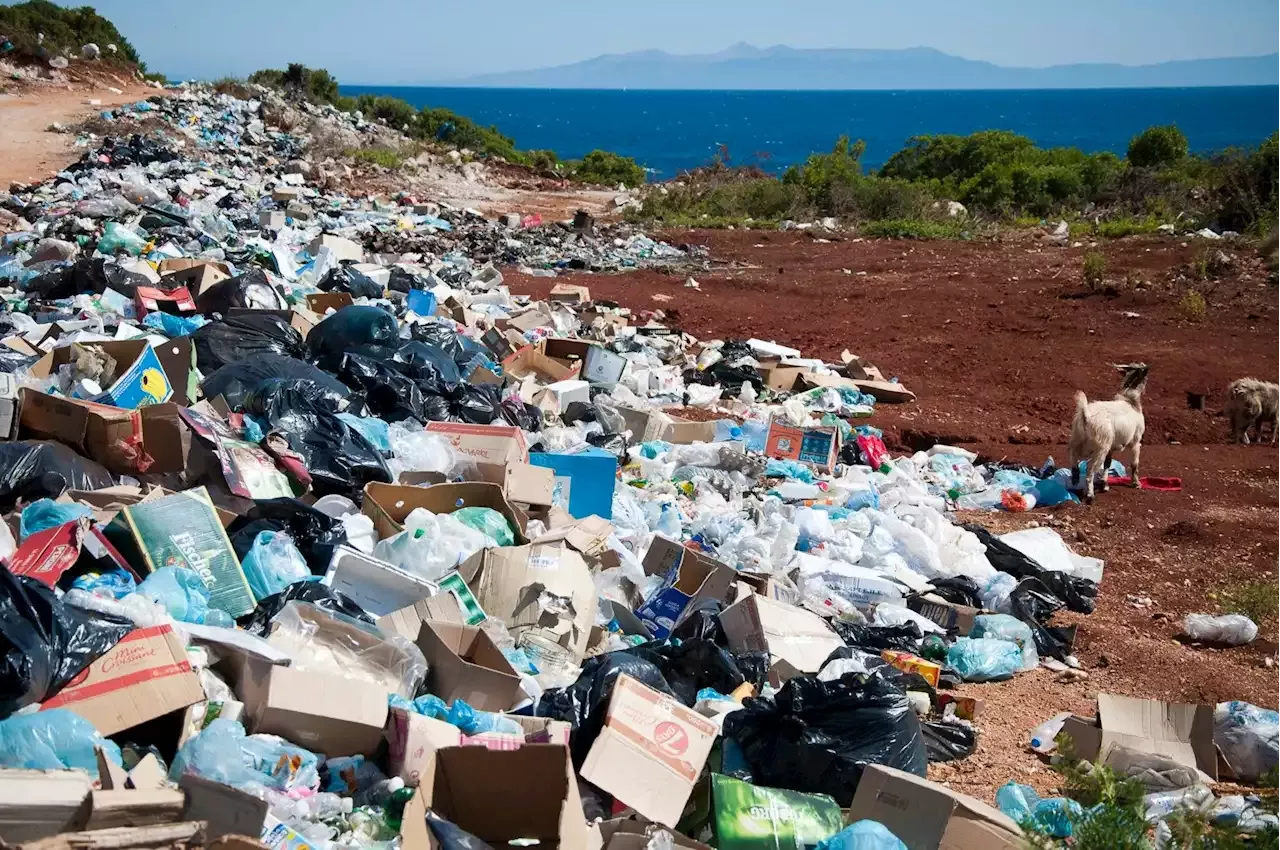raise concerns over land use and leaching of hazardous waste and pollution. Incineration is the next most common disposal method, combusting approximately 25 percent of plastic waste. Incineration requires less land than landfilling and reduces the risks of local water and soil pollution but produces the highest carbon emissions., is mechanically recycled. Traditional mechanical recycling involves collection, sorting, washing, and pelletizing waste for reuse.
Increasing the circularity of plastics has been the goal of many environmental groups for years. Circularity refers to the content of post-consumer recycled plastic in a finished product. An ideal circular plastics economy requires no virgin plastic production from oil. Instead, all new plastics come from recycled existing material. Several companies havefor their products.
By Meghan Peltier, Joseph Fallurin, Shannon Hughes © 2023 Rocky Mountain Institute. Published with permission. Originally posted on
